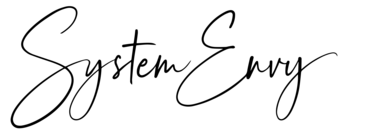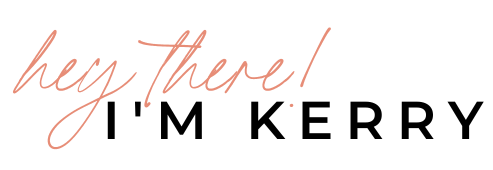
Case Study: Inside this NYT-Bestselling Book Launch
This ad campaign was a big one for one of our clients, and it involved a few interesting nuances (and lots of takeaways!) that we want to highlight. So, get excited!
Who: A System Envy client with a massive audience and personal brand. She wrote a fantastic book and wanted to weave in promotional ads for the launch alongside her other business ads.
How: This was a fun one, because we did a little bit of everything for this book launch. This started with developing a messaging architecture, testing a huge variation of messaging angles (including holiday-focused ads), and relying very, very heavily on data along the way. While we diversified this ad spend across platforms, the primary focus was on Meta.
Plus, to drive even more engagement, these ads promoted a live event bonus for book purchasers. When people bought the book, they were invited to an exclusive live event with our client, which was a big, community-focused success for her audience.
The numbers:
- $45K total ad spend
- Cost-per-click: $0.17-$1.32
- Cost-per-checkout: $1.31
The launch results:
- #1 New York Times Bestseller
- #1 Sunday Times Bestseller
- #1 Amazon Bestseller
- #1 Audible Bestseller
Key takeaways:
During this launch, we were able to dig deep into an area we haven’t explored much — the book world! While several of our clients have been authors, supporting them on the book launch itself was relatively new to us… and we had SO much fun. Since this client has such a solid personal brand, we were able to leverage her engaged audience to see some incredible results. Here’s what we’ve learned.
- Multi-platform approaches pay off: While Meta was our primary driver, we made sure that her ads were EVERYWHERE — and that was key for testing, building audiences, and learning how to retarget in the future. We utilized her ad dollars on Meta, Pinterest, TikTok, and YouTube, and this diversification worked to reach a big audience.
- Seasonality can be challenging: Her launch date aligned with Christmas Day, which meant we were competing with a LOT of seasonal noise online. However, our team (and hers) is good at rolling with the punches. While our cost-per-checkout was a tiny bit high, it made a lot of sense with this timing, and we were still able to seize a lot of holiday gifting demand.
- Tracking can be difficult for a book launch: Usually, launches that involve checkouts involve a pixel to help you track. However, book launches aren’t really like this. Since it’s not possible to add pixels to sites like Target, Amazon, and Barnes & Noble, there’s a little more guesswork involved. We paid a lot of attention to KPIs like button clicks to give us an idea of purchase intention, and then focused a lot on building hype and engagement for the book itself.
All in all, to say this was a successful launch is an understatement — but that’s because of our client, her long-engaged community, and the valuable message she has to share. When an offer (in this case, a book!) is strong, an ads strategy can just elevate it to new heights. Nothing better than that, huh?
Psst… are you looking to grow your business with Facebook ads? Our fantastic clients work with us on ad strategy for everything from Disney vacation planning and 5-figure courses to podcasts, coaching, and so much more . Contact our team here to find out how we can help you.

















